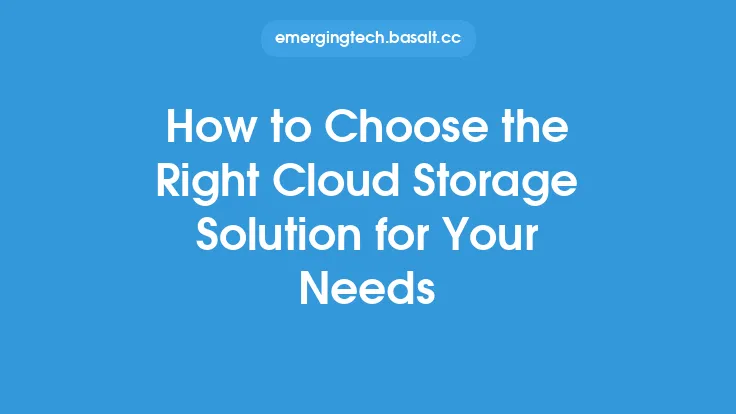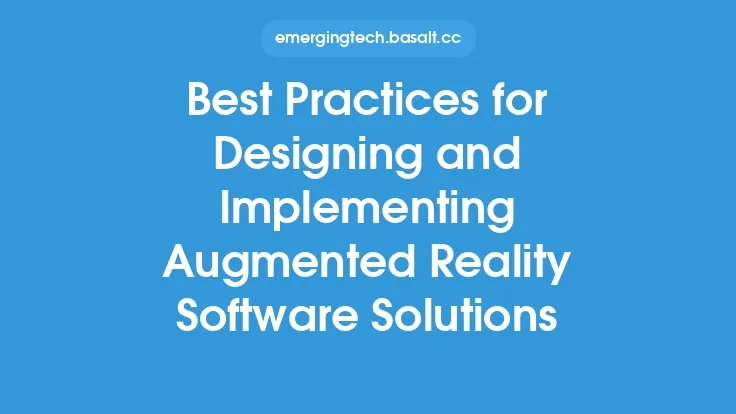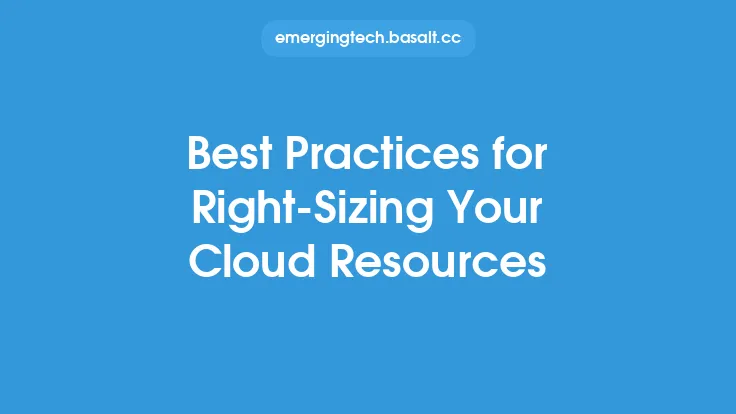When it comes to choosing the right Security Orchestration Automation and Response (SOAR) solution, there are several factors to consider. A SOAR solution is a critical component of an organization's cybersecurity strategy, as it enables the automation and streamlining of security operations, improves incident response, and enhances threat hunting. With so many SOAR solutions available in the market, selecting the right one can be a daunting task. In this article, we will discuss the best practices for choosing the right SOAR solution that meets the unique needs of your organization.
Key Considerations
Before selecting a SOAR solution, it is essential to consider several key factors. These include the organization's security goals and objectives, the current security infrastructure, and the level of automation and orchestration required. The SOAR solution should be able to integrate with existing security tools and systems, such as Security Information and Event Management (SIEM) systems, threat intelligence platforms, and incident response tools. Additionally, the solution should be scalable and flexible to accommodate the organization's growing security needs.
Evaluating SOAR Solutions
Evaluating SOAR solutions requires a thorough assessment of their features, functionalities, and capabilities. Some of the key features to look for in a SOAR solution include automation and orchestration capabilities, incident response and management, threat intelligence integration, and analytics and reporting. The solution should also have a user-friendly interface and be easy to use, even for non-technical users. Furthermore, the solution should provide real-time visibility into security operations and enable seamless collaboration between security teams.
Integration and Interoperability
Integration and interoperability are critical components of a SOAR solution. The solution should be able to integrate with a wide range of security tools and systems, including SIEM systems, firewalls, intrusion detection systems, and threat intelligence platforms. The solution should also support industry-standard protocols and APIs, such as REST and JSON, to enable seamless integration with other security systems. Additionally, the solution should be able to handle multiple data formats and protocols, such as CSV, XML, and Syslog.
Automation and Orchestration
Automation and orchestration are the core components of a SOAR solution. The solution should be able to automate repetitive and mundane security tasks, such as incident response and threat hunting, and orchestrate complex security workflows. The solution should also be able to integrate with other security tools and systems to enable automated incident response and threat hunting. Furthermore, the solution should provide real-time visibility into security operations and enable seamless collaboration between security teams.
Incident Response and Management
Incident response and management are critical components of a SOAR solution. The solution should be able to automate incident response workflows, including incident detection, containment, and remediation. The solution should also provide real-time visibility into incident response operations and enable seamless collaboration between security teams. Additionally, the solution should be able to integrate with other security tools and systems, such as SIEM systems and threat intelligence platforms, to enable automated incident response.
Threat Intelligence Integration
Threat intelligence integration is a critical component of a SOAR solution. The solution should be able to integrate with threat intelligence platforms and feeds to enable automated threat hunting and incident response. The solution should also be able to analyze and correlate threat intelligence data with other security data to identify potential security threats. Furthermore, the solution should provide real-time visibility into threat intelligence operations and enable seamless collaboration between security teams.
Analytics and Reporting
Analytics and reporting are critical components of a SOAR solution. The solution should be able to provide real-time analytics and reporting on security operations, including incident response, threat hunting, and security posture. The solution should also be able to analyze and correlate security data from multiple sources to identify potential security threats. Additionally, the solution should provide customizable dashboards and reports to enable security teams to visualize security data and make informed decisions.
Security and Compliance
Security and compliance are critical components of a SOAR solution. The solution should be able to meet the organization's security and compliance requirements, including data encryption, access controls, and auditing. The solution should also be able to integrate with other security tools and systems, such as SIEM systems and threat intelligence platforms, to enable automated security and compliance monitoring. Furthermore, the solution should provide real-time visibility into security and compliance operations and enable seamless collaboration between security teams.
Vendor Evaluation
Evaluating SOAR vendors requires a thorough assessment of their products, services, and support. Some of the key factors to consider when evaluating SOAR vendors include their experience and expertise in the security industry, their product roadmap and vision, and their customer support and services. The vendor should also be able to provide customized solutions and services to meet the organization's unique security needs. Additionally, the vendor should have a strong reputation in the security industry and be able to provide references and case studies.
Implementation and Deployment
Implementing and deploying a SOAR solution requires careful planning and execution. The solution should be implemented in a phased manner, starting with a pilot project and gradually rolling out to the entire organization. The solution should also be deployed in a secure and scalable manner, with multiple deployment options, including on-premise, cloud, and hybrid. Furthermore, the solution should be able to integrate with existing security tools and systems, and provide real-time visibility into security operations.
Conclusion
Choosing the right SOAR solution is a critical decision for any organization. By considering the key factors outlined in this article, organizations can select a SOAR solution that meets their unique security needs and enables them to automate and streamline their security operations. A SOAR solution should be able to integrate with existing security tools and systems, provide automation and orchestration capabilities, and enable real-time visibility into security operations. By following the best practices outlined in this article, organizations can ensure that they select a SOAR solution that enhances their security posture and improves their incident response and threat hunting capabilities.





